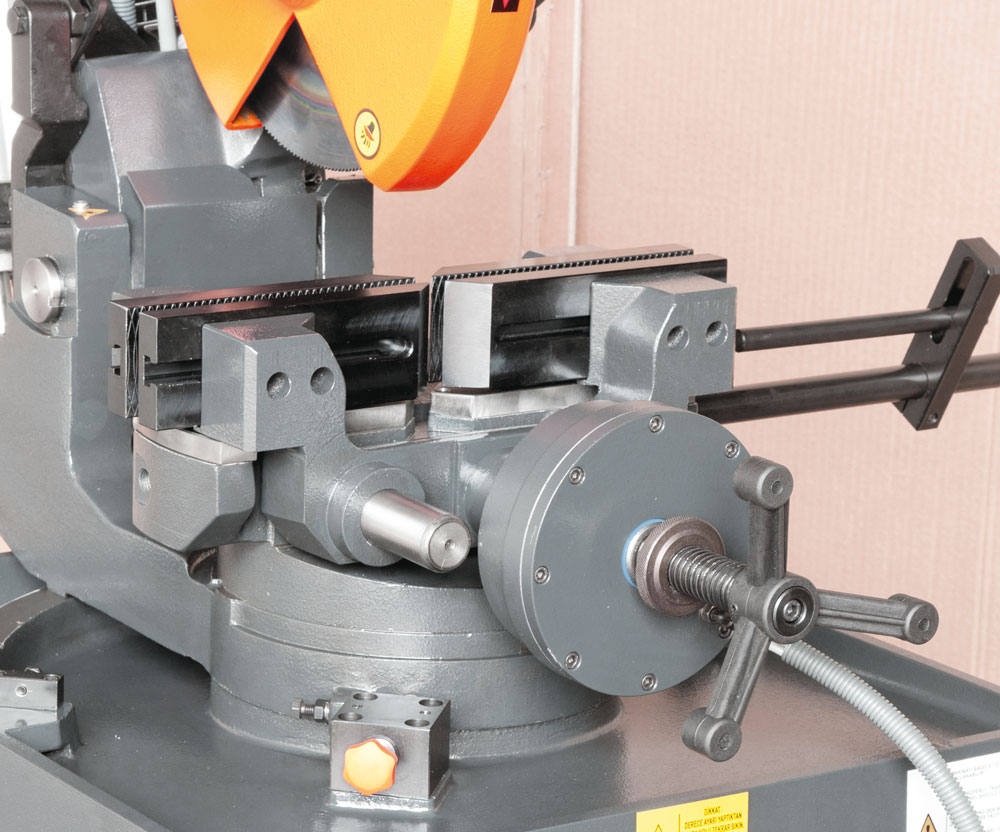Nosab Gürgen Cadde No:4 Ni̇lüfer / Bursa - Türki̇ye

Choosing Correct Machine Type

Choosing Correct Machine Type
Selecting the right cold saw is a task that often seems to be very difficult for many companies. When searching for a cold saw, most fabricators are looking for a machine that will give them flexibility in size and range of cutting speeds to accommodate any materials from nonferrous to ferrous alloys. As is the case with most equipment purchases, knowing the questions to ask yourself and the potential supplier is instrumental in selecting the correct cold saw machine.
What Will I Be Cutting?
This question should be broken down into two items: material size/shape and material type. You must ensure that the cold saw has the correct cutting capacity for the largest and smallest sizes that you want to cut.
The saw also must have the available speeds and feeds to accommodate the material alloys you are going to cut. For instance, aluminum and copper may be machined at a much higher surface speed than stainless steel or other difficult alloys. Make sure which speed is right for your product mix. You don’t want to purchase a cold saw for cutting stainless steel and find out the available speeds are two times higher than you need to effectively cut this material. Identifying the alloys will also aid in selecting the type of coolant system you will require, flood or misting.
What Production Rates Do I Need to Achieve?
If you are cutting miscellaneous sizes, shapes, and alloys with small production runs, 100 pieces or less at a time, then a manual machine may be suitable for your application. If you intend to cut larger quantities of various materials, then a semiautomatic version may prove to be more economical. If your production runs are consistently more than 1,000 pieces at a time, and the product mix is not extremely diversified, then a fully automatic machine likely is ideal for you.
What Is My Budget, and Does It Fit the Application’s Requirements?
New cold saw machines range in price from $1,000 to more than $1 million. Their functions and production rates are as varied as their price tags. Some small fabricators do well with a small, benchtop cold saw that is intended for cutting very small quantities of light-gauge material. Others need more automation and flexibility to cover their range of sizes and material types.
What Is the Total Cost of Ownership?
Cold sawing operations include several consumables, such as common wear parts, cold saw blades, and coolant or cutting lubricant. These items represent the bulk of the consumables for any cold saw. Besides knowing the actual capital equipment, overhead, and employee costs, you need to know what your consumables will cost as well. You can arrive at a cost per cut for any given material by calculating these values and knowing what the blade life should be.
Make sure that you consider the previous two questions when you establish your budget. You may set your budget too low and never find a saw that will accomplish the tasks you need.